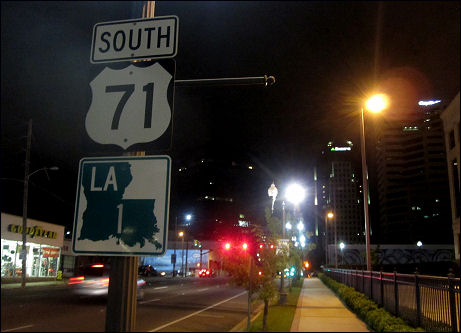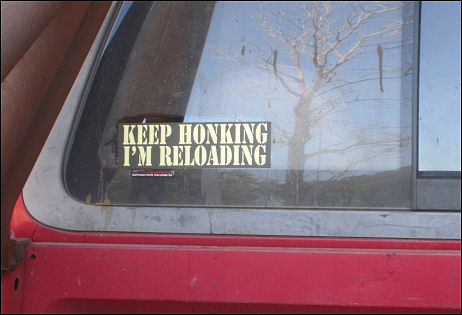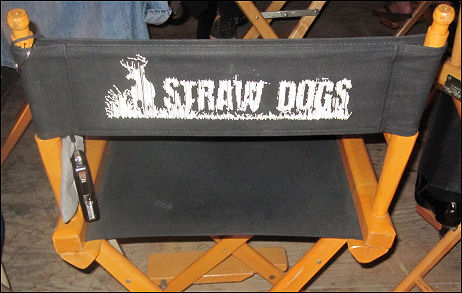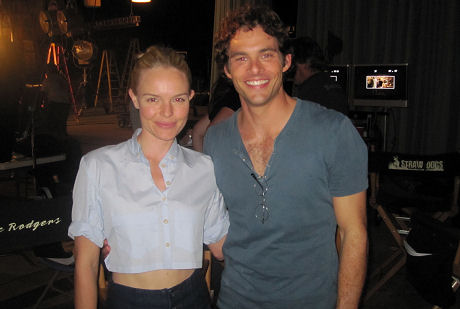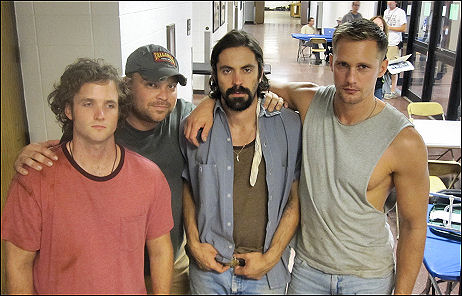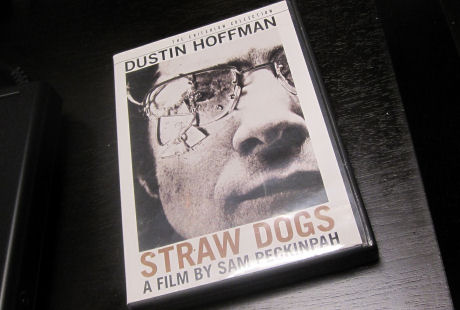“Every once in a while, someone will ask me if I attend the Cannes Film Festival,” Hollywood & Fine‘s Marshall Fine begins. “I always say the same thing: ‘No, and here’s why: Anything that’s good at Cannes will open in theaters. And anything that’s bad will be in the New York Film Festival.’
“I actually wrote that about 20 years ago in a newspaper column, but my assessment remains unchallenged by the lineup of the 47th annual New York Film Festival, currently hoodwinking ticket buyers at New York’s Lincoln Center for another week.
“While there are a couple of films in this year’s festival that I’d actually pay money to see (Pedro Almodovar‘s Broken Embraces and Precious: Based on the Novel ‘Push’ by Sapphire), the lineup firmly follows a formula to which the NYFF has become addicted for decades.
“That formula relies heavily on two kinds of films: the deliberately provocative and offensive (hence, its inclusion of Lars von Trier‘s Antichrist and Harmony Korine‘s Trash Humpers, among others) or films that are supposed to be good for you. Which is why I think of the NYFF as the oat bran of film festivals, full of fiber and boasting little real flavor.
“NYFF obviously has no interest in matching Toronto or even Sundance for the number or scope of films it offers. Film program director Richard Pena has often referred to New York as a boutique festival, designed to showcase handpicked examples of what amounts to the best of contemporary cinema worldwide.
“Once upon a time, that meant films that, having been discovered by the NYFF, would find their place in the contemporary canon. But no longer: With its contrarian, over-intellectualized approach, the NYFF has become the ‘we know best’ festival, full of films that no one – except the selection committee and the people who actually made the movies – will ever care about.
“The films get their brief moment of glory at Lincoln Center, never to be seen again — or else to show up oh-so-briefly in one of New York’s arthouses, where they will prove all over again that no one wants to see them. (And, finally, on the annual 10-best lists of critics for the Village Voice and Film Comment.)
“I’m not saying that the NYFF should only be searching for popular hits. But accessibility does matter. Showing films that make you want to keep watching them should be a criteria. It’s not just that the NYFF chooses films that challenge audiences. It chooses films that challenge audiences to stay in their seats.”
Here’s something I wrote a few weeks ago about the NYFF selection system.


